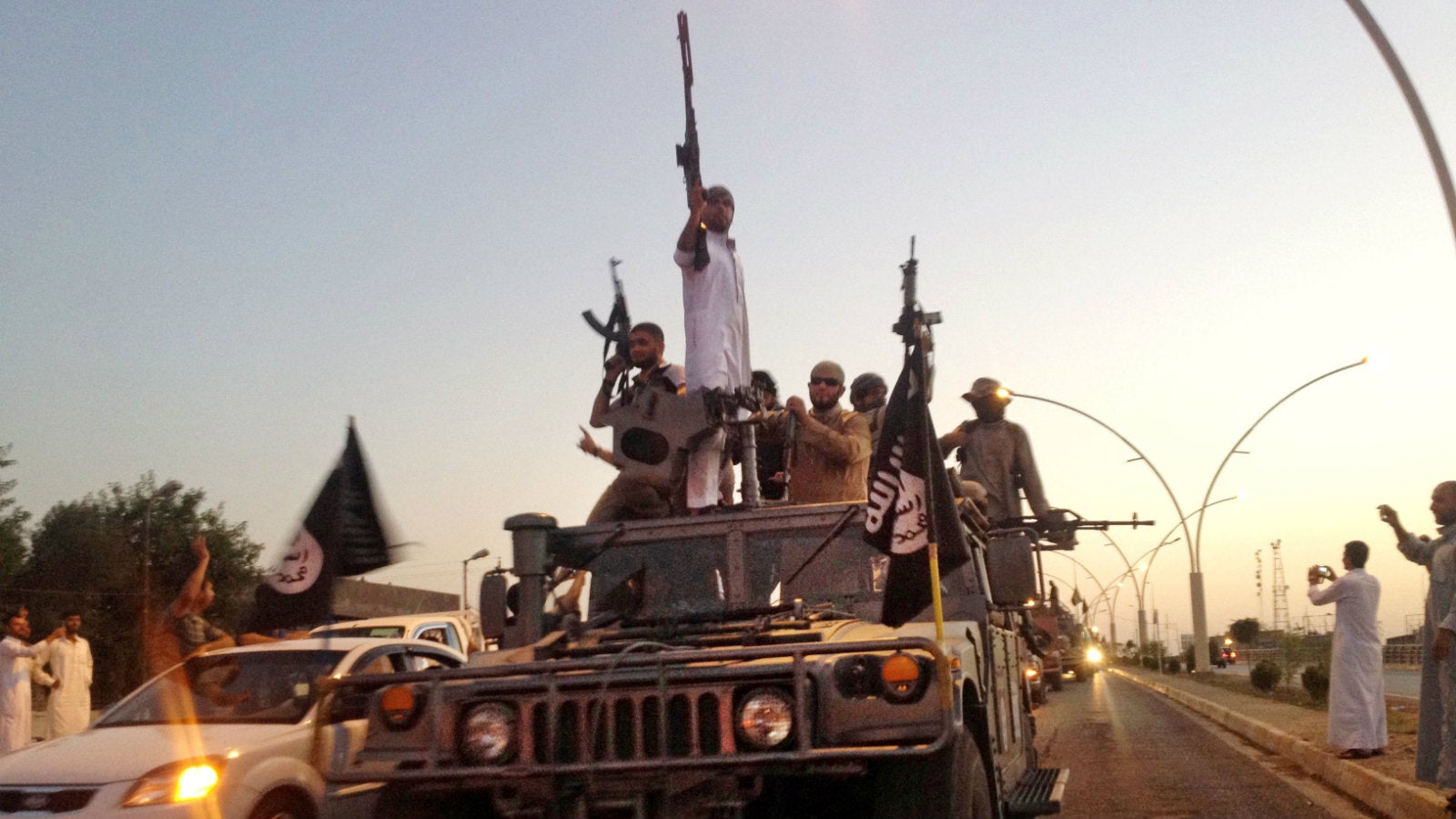“Wait for me, I’ll come back”: Recalling the massacre of 39 Indians by ISIL
Sometime in June 2014, Indian construction worker Harjit Masih lay motionless, playing dead among 39 still warm bodies. Lying beside him were his massacred compatriots. They had all been shot by militants of the Islamic State of Iraq and the Levant (ISIL) in Mosul, Iraq. Receiving a bullet to his leg, Masih lived to tell the tale.


Sometime in June 2014, Indian construction worker Harjit Masih lay motionless, playing dead among 39 still warm bodies. Lying beside him were his massacred compatriots. They had all been shot by militants of the Islamic State of Iraq and the Levant (ISIL) in Mosul, Iraq. Receiving a bullet to his leg, Masih lived to tell the tale.
“I pray and hope that somebody survived, like I did. The chances are bleak. It would be a miracle because they all lay in a pool of blood with nobody responding to my calls,” Masih, then 25, had told the Indian Express newspaper in 2015.
However, for some reason, his version has been rejected by the country’s foreign ministry for nearly four years.
On March 20, though, external affairs minister Sushma Swaraj informed the Indian parliament—and the country—that the 39 abducted Indians are now confirmed dead. “Yesterday, we got information that DNA samples of 38 people have matched and DNA of the 39th person has matched 70%,” Swaraj said. Their remains had been found in a mass grave on the hills outside Badush, a village in northern Iraq.
Swaraj’s statement, coming after years of assurance that they were all most likely alive and well, brings to an abrupt end a traumatic episode for the hapless relatives of the victims.
Behind the mystery
The construction workers, employees of a Baghdad-based firm, were reportedly abducted in mid-June 2014, after ISIL militants took control of Mosul, Iraq’s second-biggest city. The workers hailed from villages in Punjab, Bihar, West Bengal, and Himachal Pradesh.
Years later, distraught relatives would recount their last phone conversations, mostly on or around June 14, 2014. “Wait for me, I will come back,” Anita Rani recalled her then 39-year-old husband Gurdeep Singh saying.
In the same month, 46 Indian nurses, too, were taken hostage by ISIL from the Iraqi city of Tikrit. They were eventually released after 23 harrowing days and their experience went on to inspire movies in India.
But the group from Mosul went silent.
In the nearly four years since, conflicting stories have floated around about what exactly happened to the construction workers. The Indian government maintained that they were alive and safe, assuring that search operations were underway.
In November 2014, two Bangladeshi men, who reportedly were among the 53 other workers abducted with the Indians, told the TV channel APB Live that the militants armed with guns had first sought to know what faith they followed. They then separated the Indians and Bangladeshis.
Masih told FountainInk in 2015 that the Indians had been made to line up on a hill-top, where the militants shot them from behind. He claimed to have been hit in the right leg, but stayed on the ground till the militants left him for dead. Covered in blood, he eventually managed to get to an Iraqi army checkpoint in Erbil, where he was picked up by the Indian embassy.
Months after his escape and arrival back home, he opened up to the Indian media about the consequences.
Unending trauma
Masih’s misery was far from ending. Firstly, his account was rejected by the victims’ relatives as well as foreign minister Swaraj. Eight of her sources, she said, had confirmed that the 39 were alive.
He then alleged that, on his return, Indian officials had held him in custody for months. “I was told there was a threat to my life from the parents of the 39 hostages. I somehow did not understand this,” said Masih. In 2016, he was arrested on charges of human trafficking, based on a complaint by one of the victims’ relatives.
Meanwhile, the wait for the distraught families continued, despite not having heard a word from the missing persons.
Last year, after Mosul was finally liberated from ISIL control, Swaraj said they were likely to be held in a jail in Badush. Minister of state for external affairs VK Singh was sent to look for them. However, an India Today reporter found that the said jail had been destroyed by ISIL years ago, and there were no signs of the Indians.
The Iraqi authorities then reportedly began digging in the hills outside Badush, where ISIL was known to bury its victims. The officials uncovered a mass grave with 39 bodies, later identified as the missing Indian workers.
“They found the bodies of men with long black hair and silver bracelets known as karas that are worn by followers of the Sikh religion,” an AP report said on March 20. They had been shot in the head, and it was apparent that the bodies had been buried for a long time, reports said.
Masih now feels “vindicated” by the government’s confirmation of the deaths of his fellow workers, the Indian Express reported. He is out on bail and works as a daily-wage labourer in Punjab’s Gurdaspur district.
For the families of the others, struggling to rebuild their lives after clutching at straws for years, Swaraj’s conclusion is hard to stomach. Many were shocked at the “insensitive” manner in which the government confirmed the deaths, announcing them in parliament instead of notifying the families personally.
Their wait began after that last distraught call from the men in June 2014. A call from Swaraj now could have given them some closure.